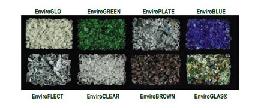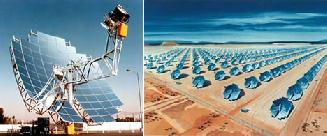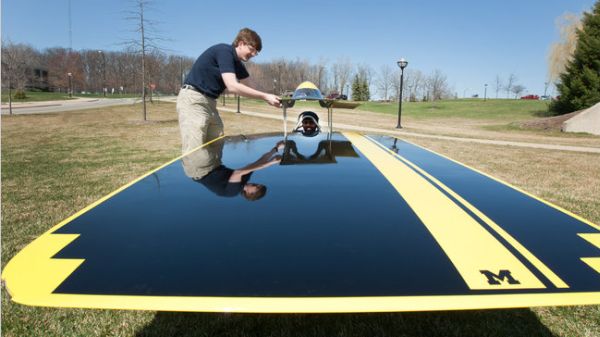
Solar cars fall under the bigger category of solar vehicles, and as such they can be simply defined as an electric vehicle powered by solar panels on the vehicle. However, the intrinsic mechanism is not just limited to conversion of solar power to electricity; it actually incorporates the complex technological fusion of aerospace, bicycle, alternative energy and automotive industries. Still the main problem can lie with the inherent quality of the basic energy component of a solar car, i.e. the photovoltaic (solar) cell. Even the most advanced versions of them have energy efficient conversion rate of less than 30 percent.
That in turn means that for the same performance of conventional vehicles, one needs twice more collecting area, or conversely, a third as much total vehicle weight. And that is exactly why we tend to see in solar cars – the futuristic ‘space age’ shapes, light framed bodies with only single seat capacity and almost no cargo space. But that doesn’t necessarily mean that this convenient ‘green’ technology cannot advance beyond the present scope. So with an eye on the future, let us check out the 6 fascinating solar cars released till date.
1. SIKAT II – Third generation solar car to compete in 2011 World Solar Challenge:
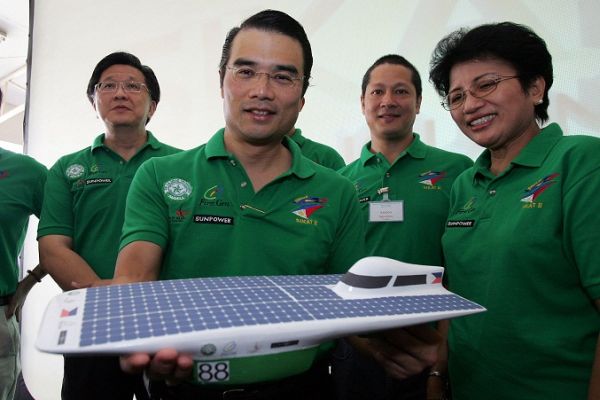
The advanced cousin of SIKAT, this is Philippines’s official entry for the all-important 2011 World Solar Challenge. Conceived by a team of 22 engineering students and seven faculty members of De La Salle University, Manila, the car’s streamlined body is composed of advanced lightweight carbon fiber-honeycomb composite, thus allowing this agile vehicle to be just around 180kg in total weight. It is also efficiently equipped with indigenous solar cells manufactured by Sunpower Philippines. Moreover, the 2-kilowatt sturdy electric motor can unleash a speed of around 110 kmph.
2. Gazelle 2 – Iran’s third solar-powered car
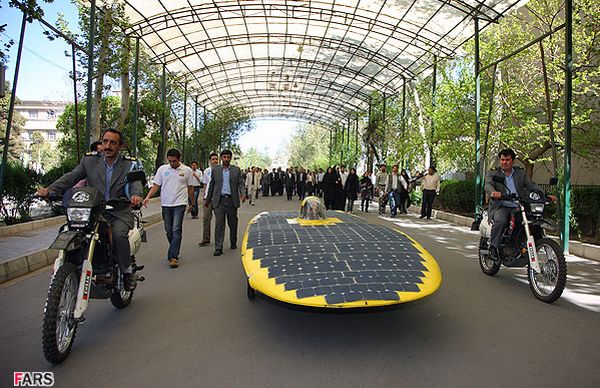
The advanced version of Gazelle 1, this light weighted carbon fiber framed car can spurt to a top speed of 150 kmph, and has weight of only 150 kg and length of 5 m. The solar cells have an enhanced efficiency of 22 percent, which can provide a range of 600 km at a stretch, for a speed of around 75 kmph. Moreover, the advanced yet sturdy motor has 97 percent efficiency, integrated with a motor controller that regulates the magnitude of energy that is transmitted to the motor itself.
3. Michigan University students create Quantum solar car for World Solar Challenge:

At last an entry from U.S.A. for the 2011 World Solar Challenge; this solar car was conceived by a team of students from Michigan University. Christened as the ‘Quantum’, the vehicle weighs only around 145 kg, and can hit a top speed of 168 kmph (with an average speed of 96 kmph). The sleek aerodynamic body of length 5.8 m is made from a composite of aluminum, titanium and carbon. While the car has the ability of Cruise control, i.e. it can be set remotely using an iPhone.
4. ‘Havyn’ solar car revealed by Qazvin Azad University:
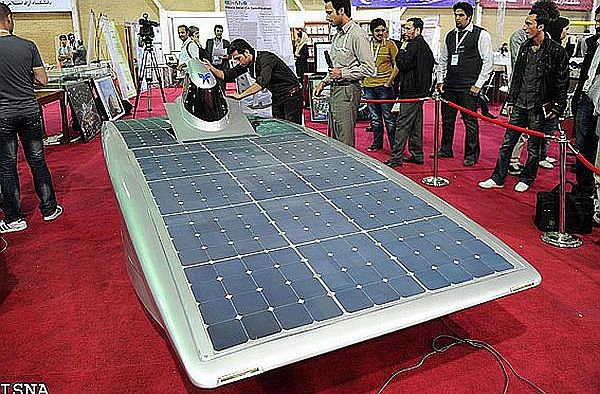
Another green contraption from Iran, and this time it is the ‘Havyn’ solar car, designed by a team of researchers at Qazvin University. Recently unveiled at the RoboCup Iran Open 2011 competition, the 5 m long vehicle body is composed from advanced carbon fiber and fiberglass mold and surprisingly weighs only around 160 kg. It can move up to a top speed of 130 kmph. Additionally the car features a 7.5 hp engine, with 6 sq m of solar panels on the top, with lithium-ion batteries to store their energy.
5. Georgia Tech students convert Audi into electric, solar car for World Solar Challenge:
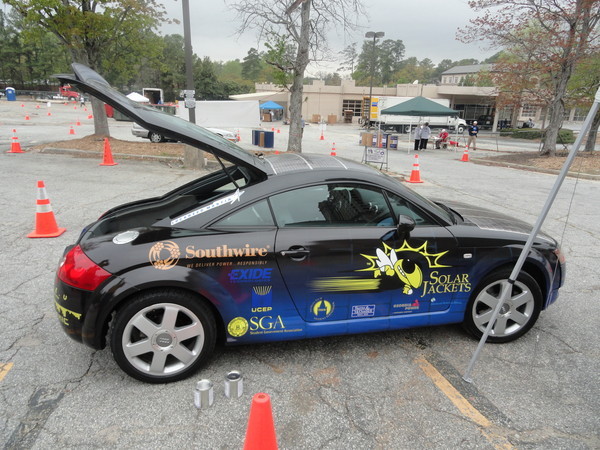
In a fascinating turn of events, a team of students aptly named as ‘Solar Jackets’ at the Georgia Tech have created what they call a ‘solar-assisted electric vehicle’ by retrofitting an Audi. The car features two batteries and a charger. The batteries in turn would be powered by solar panels incorporated on the car. Still there are many modifications to be carried out, as the team aims to enter the prestigious World Solar Challenge.
6. Chilean engineering students create Eolian II solar car:
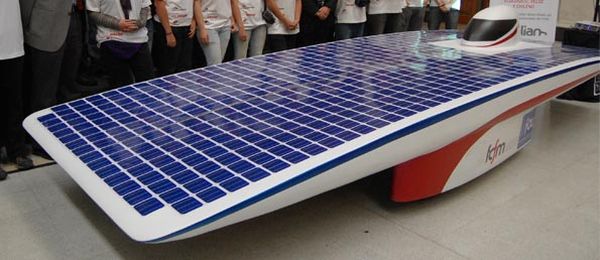
Solar car designs do tend to come from the farfetched corners of the world, and this time it’s from Chile. A team of students and teachers from Faculty of Physical Sciences and Mathematics (FCFM) at the University of Chile has contrived of this all-new solar racing car. Named as the Eolian II, it is rather the advanced version of its predecessor – The Eolian, which came in 14th out of 45 competitors in the previous World Solar Challenge.



